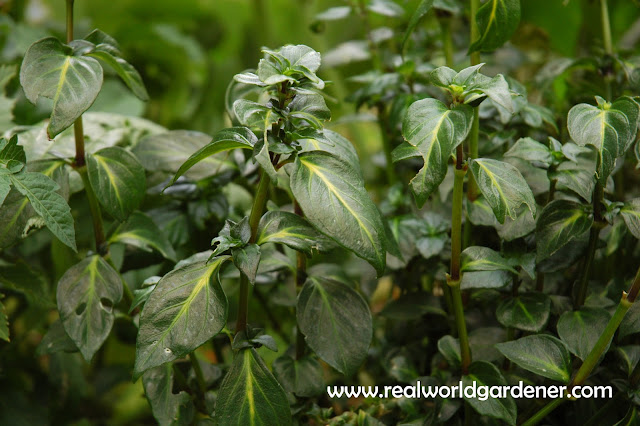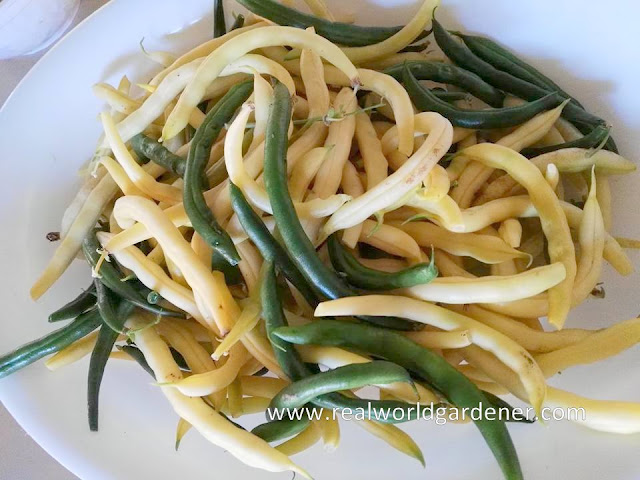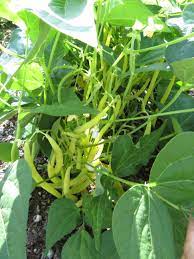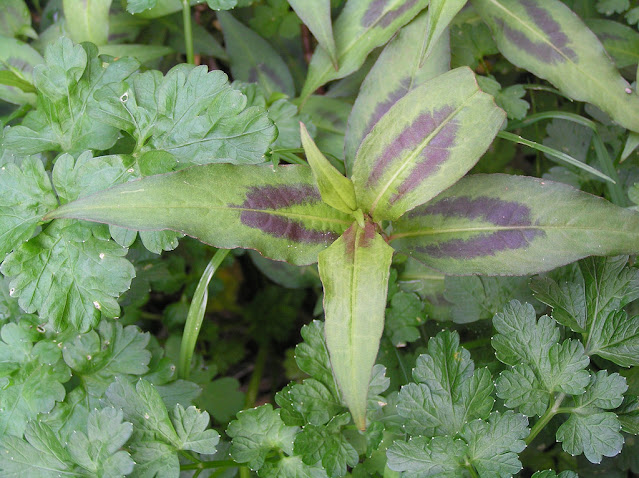KITCHEN GARDEN SEGMENT on REAL WORLD GARDENER radio show
Scientific Name: Rungia klossii |
| Mushroom plant Photo: M Cannon |
proteins.
Harvesting: The Mushroom plant can be harvested all year round, but the best is to harvest during the active growth period to provide a bushy growth.
Uses: In the kitchen it's used in salads, soups and wok dishes, a small cooking even increases the mushroom aroma.
Frosts: Low frosts are tolerated but lead to leaf loss.
What is it exactly and why is it called mushroom plant.
In a risotto, sautéed with scrambled eggs, in soups or salads?
Perhaps you don’t like them at all.
Here’s a way to enjoy the taste without the texture and it’s all natural.
So, let’s find out how and why, by listening to the podcast.
I am talking with Corinne Mossati, founder of the gourmantic garden.
Corinne's favourite use of the plant is finely chopped into salads for that burst of flavour.
Mushroom plant is a perennial that although it grows well in tropical and sub-tropical areas, it needs protection from frost in cooler climates.
The best way to grow it there is in a pot, which by the way, has served me well over the years.
If you have any feedback email realworldgardener@gmail.com or write in to 2RRR PO Box 644 Gladesville NSW 1675



.jpg)
